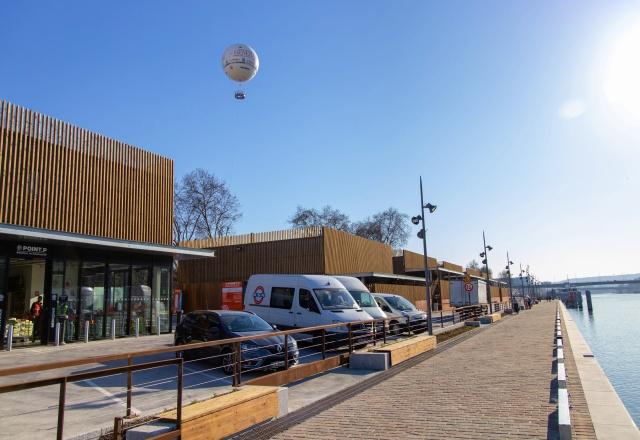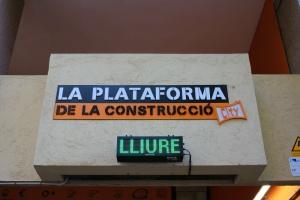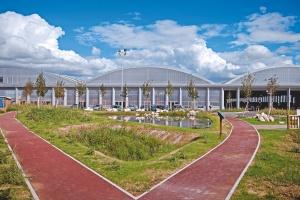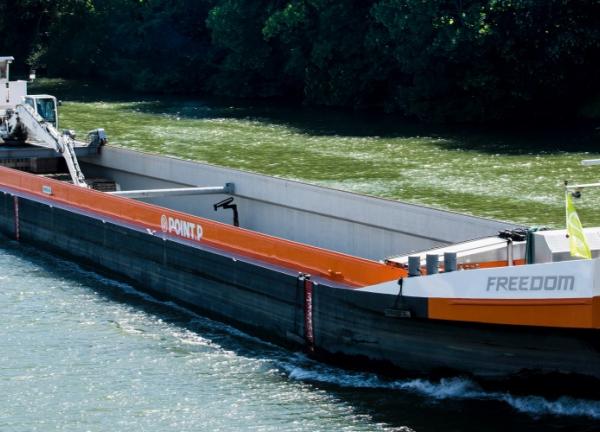City center outlets are reinventing themselves
It’s a fundamental shift: more and more major retail brands are returning to city centers. It's a trend that has not gone unnoticed by the construction industry. We get up to speed with these city stores, which are offering consumers a constantly expanding range of local services.


Transitioning to a service-based economy

Did you know?
In the USA, 25% of shopping centers could be closed and vacated by 2022. These shopping malls sprang up outside its megacities from the 1960s onwards, and came to symbolize hyper-consumerism. Now seriously challenged by e-commerce, they are seeing their footfall decline as customers prefer to shop online or close to home. And the situation in France is hardly more comfortable for retailers. European leader in terms of the number of shopping centers per resident, France is confronted by the same challenges... or almost. Because to respond effectively, major retail brands - especially those in building materials and DIY - are returning to (or reinventing) their city center stores. So why are we seeing such a turnaround after decades of out-of-town malls and other kinds of shopping destination? The answer, quite simply, is to offer customers local convenience and more services. So it’s a complete change of strategy: no longer are brands expecting customers to come to them, they are reaching out to customers by relocating as closely as possible to their homes!
The inner-city store offers what the customer does not have on the Internet: human interaction and exchange with available and informed salespeople.
Less gridlock, more services
This is very much the case in New York City, where DIY pop-up stores are going all out to attract a younger, more urban customer base with higher spending power. In addition to their local presence, these pocket-size stores are attracting customers with their more contemporary look and easy access.

In Spain, La Plataforma de la Construcción has taken Barcelona by storm with 100% service-focused stores and a project range tailored to local project needs. For customers, this means time saved, less stress... and a smaller carbon footprint!
Its French counterpart La Plateforme du Bâtiment opts for a counter format, with services such as Click and Collect. The principle is simple: tradesmen buy what they need online or over phone and can pick them up an hour later at the Express Counter. So there’s no longer any need to risk getting stuck in traffic traveling out of town... That means valuable time-saving and greater organizational flexibility, because customers can choose the most appropriate time to collect their purchases.
Long-term and innovative flagship brands
Other business models are also emerging in our city centers alongside these particular city formats. Innovative in their offerings and playful in their architectural style, these flagship brands(1) integrate seamlessly into the urban landscape and neighborhood life.
On the banks of the Seine in Paris, POINT.P is playing its part in this urban renewal with its sustainable architecture and innovative services. Here, materials are delivered by river barge, if you please! And when the store is closed, the brand opens up its outdoor spaces to offers local residents a superb riverside walk. On Sundays, families come here to picnic or get a tan using sun lounges provided by POINT.P.
A service-based economy

This unique take on retailing is leading by example and reflecting new city center trends. Simultaneously a space for life, retail and interaction, this POINT.P flagship store shows how it is possible to revitalize a neighborhood and enter into a ‘dialog’ with residents and customers by offering a truly local presence and a service focused on expert advice. This service-focused economy is also the cornerstone of La Halle de Pantin (in Paris). Entirely dedicated to construction, this superstore brings together 9 construction materials specialists (2) under a single roof, and offers more than 100,000 products. So no more continual round trips to fetch supplies for the project site! Tradesmen can now find all the materials they need in one place.
Closer, simpler, cleaner and more real
By capitalizing on a closer physical presence and a closer customer relationship, major brands are now contributing to dynamic local economies and community life. They are also creating new and more sustainable urban lifestyles designed to limit travel in suburban areas. And less travel also means less CO2 emitted. Nevertheless, the tricky issue of city center access has yet to be resolved. Some points of sale are also relying on new final mile delivery methods using bikes or three-wheeled cargo bikes (read our story Materials transportation: on the road to sustainability)... Locating these points of sale as closely as possible to customers reinjects a welcome shot of reality into a sector that has become much more intensively digitalized. In store, you can touch the products, examine their finish, their color, etc. and you can’t put a value on that!
(1)Cedeo, Colelec, Decoceram, Hilti, Kiloutou, Plateforme du Bâtiment and SFIC
Photo credits: Franck Dunouau, Lucie Jeudy, Saint-Gobain, Pierre-Yves Brunaud / Picturetank
The latest stories
All stories
View more


